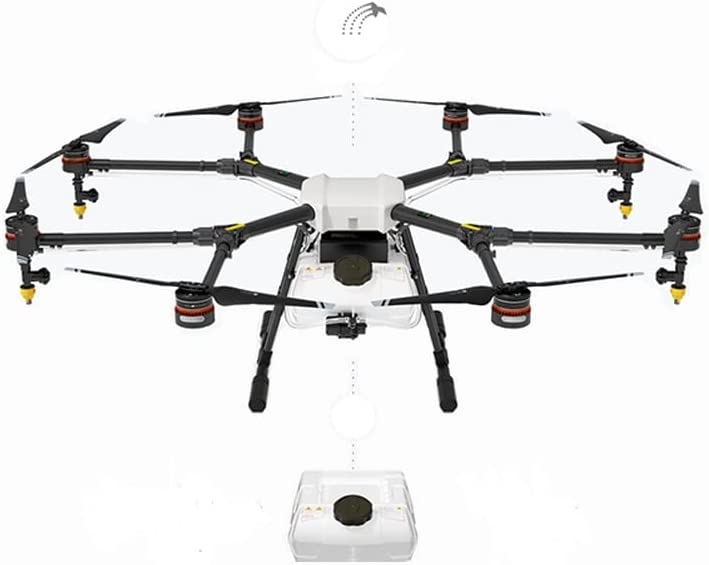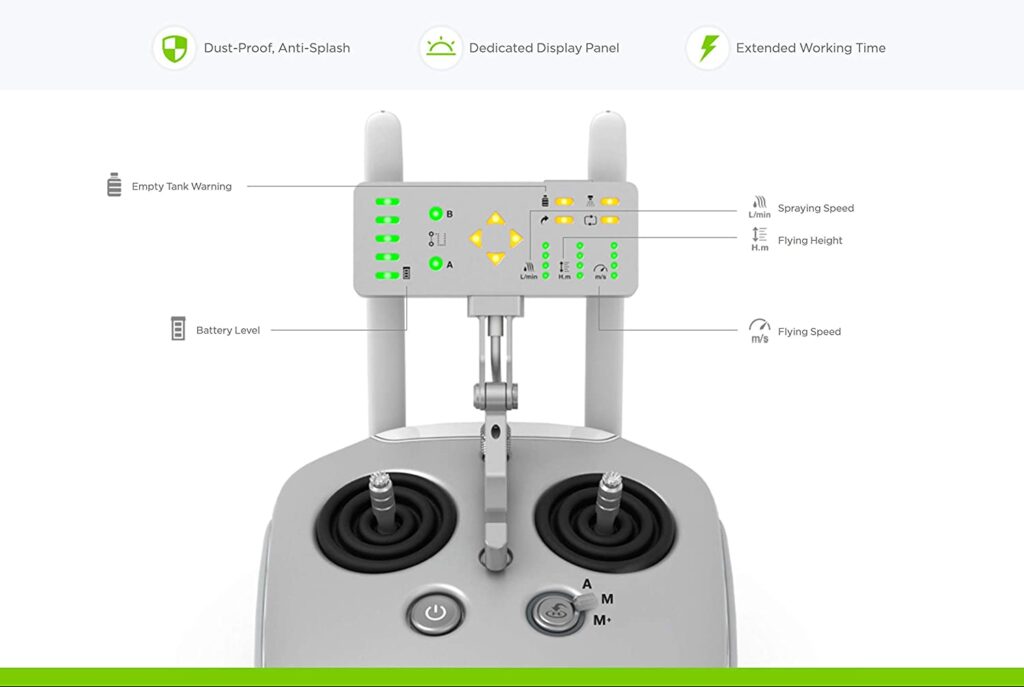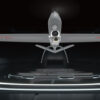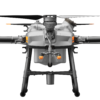Drones for Agriculture is a guide to the future of agriculture, including tips on how to use drones for better yields and more efficient farming. We are going to cover topics such as:
1- What are the benefits of using drones for agriculture?
2- How can farmers use drones for better yields?
3- What are some safety concerns with using drones for agriculture?
4- What are the available Agriculture drones?
There are many advantages of using drones in agriculture such as optimizing crop protection products, reducing the risk to workers, containing environmental, easy application of technology and collecting real-time data. Drones for agriculture are unmanned aerial vehicles (UAVs) that are used to photograph, film, map, and process crops from start to the end. We can easily do mapping land, crop rotation, and disease monitoring with different payloads that they come with.

Benefits of using Drones for Agriculture
The benefits of using drones for agriculture include:
- Increased accuracy and detail when photographing crops
- Reduced time needed to snap a picture or map an area
- Improved precision in crop rotation and disease monitoring
- Potential for more sustainable farming practices
Drones for agriculture can be used eitherLow-cost Hobbyist drones or high-end commercial drones.
There is a wide range of prices and capabilities available for both types of drones, with the lower end often being more affordable than the higher end. The most popular hobbyist drones are those that can come around $1000 to purchase, while the most expensive professional drones can cost up to $150 per hour of flying time if they are rented. There is a growing number of startups that are making low-cost drones that offer greater features and capabilities than traditional hobbyists models, but these models still require some experience and training to use effectively.

How to Use Drones for Agriculture
There are a few basic steps you can take to get started using drones for agriculture. First, find an area of agricultural interest and launch the drone into flight. Then, use the drone’s camera to capture images or videos of the target area. Finally, use the drone’s software to edit and improve these images or videos to help you plan and execute your agricultural experiments.
How to Use a Drone for Agricultural Research
If you’re looking to use drones for agricultural research, there are a few things you need to do in order to make sure your experiment is safe and effective:
- First, choose a drone that’s safe for flying in both indoors and outdoors conditions.
- Secondly, make sure your drone has adequate insurance so that if something goes wrong, you have protection against any possible damages.
- Thirdly, be sure to follow safety guidelines when using drones for agriculture research, such as keeping the drone at an appropriate altitude and following procedures related to how drones should be used.
- Use the gained data for better seeds, feeds and crop production.
- Obviously we can use data for future produce improvement
- Using the mapping data to make waterways for watering the whole plantation equally well, this small change can adds up to the produce
- Share data with experts for better seed research about growth rate, different crop stages and final produce.
Tips for Uses of Drones for Agriculture
Drones for agriculture are becoming increasingly popular as they can be used for a variety of purposes, including research and mapping. Here are some tips for how to use them in agriculture:

1. Use drones for agricultural research to gain a better understanding of the crops and soils around you. So that when you make several changes to the crop you can see the difference clearly. There are many more other uses as well.
2. Use drones for mapping to improve the location of crops and other assets on farms or ranches.
3. Use drones for photography and videography to capture images or videos of agricultural products or land.
4. Use drones for plant protection a glance a day can save crop from many dangers
5. Use drones for better yield. As we use drones to monitor our crops we can identify the thick and empty patches and water distribution on equal basis. This properness will improve yield in the long run
6. Multiply food availability.
7. Use drone for water sprays. This is one of the most frequently use of drones. Many crop producers are using drones for sprays specially in Latin America and areas where water is scarce. Besides, we can save water by using watersprays with drones instead of usual ways to water crops.
8. Drones can be used for environment resilience by saving resources
9. Use drones for collection accurate crop data and provide resources in time to improve efficiency.
10. These all factors can be implied to save resources, environment and your expenses on the crop while improving yield.
Drones for agriculture are a great way to improve agricultural productivity. They can be used for reconnaissance and mapping to help farmers find new areas for crops, as well as for other agricultural tasks. Additionally, they can be used in agriculture research to better understand the effects of changing weather conditions on crops and the use of pesticides. By following these tips, you can get started using drones for agriculture today!


